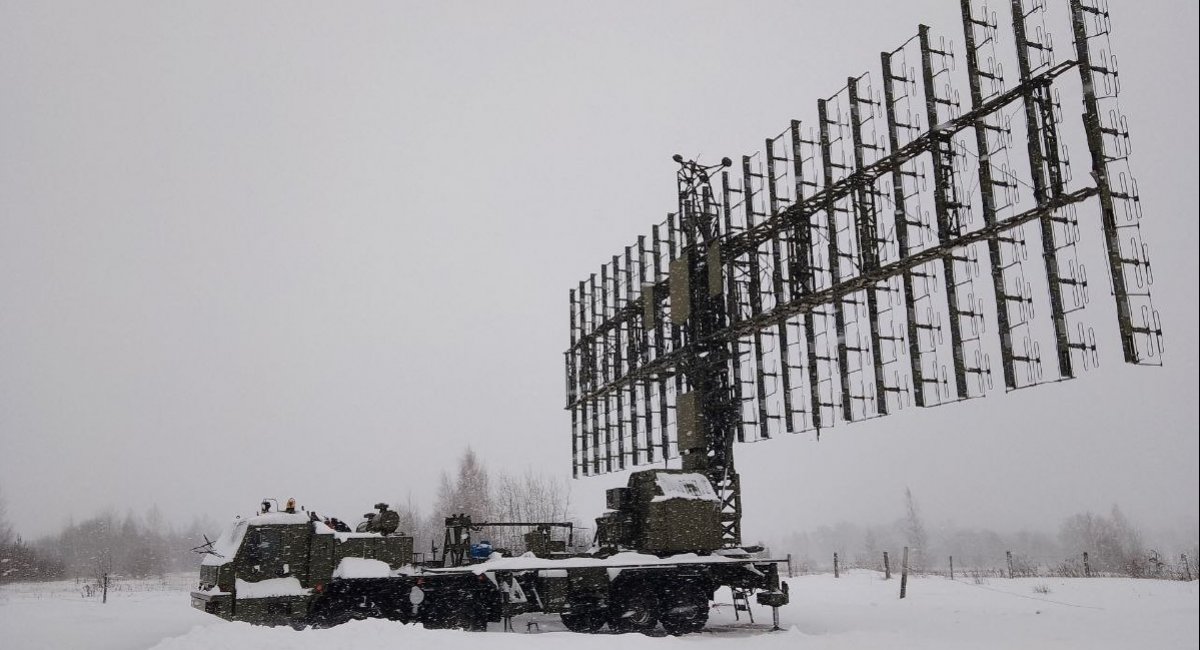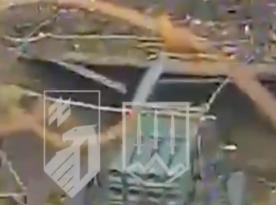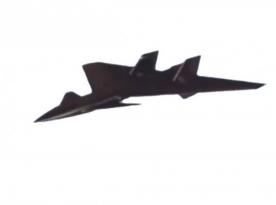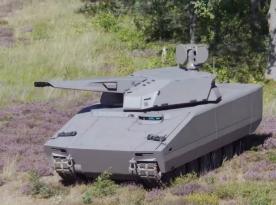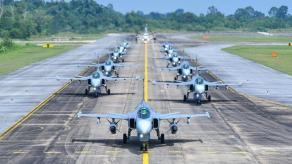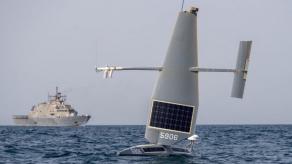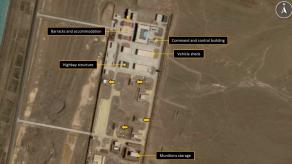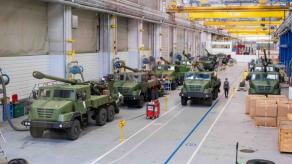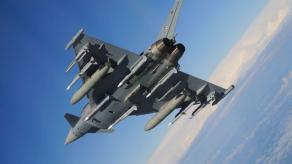Ukrainian military General Staff has released an update on the result of long-range strikes on russia overnight January 18th. In addition to the two oil depots in Kaluga and Tula regions, explosive drones of Ukraine's Defense Intelligence forces also found a rare Nebo-SVU multi-functional radar.
Only two losses of Nebo-SVU radar have been visually confirmed by the Oryx OSINT project throughout the war, although the official reports from the Ukrainian side indicate several more casualties inflicted to the russian forces. The issue with confirming those is that radars are deployed deep behind enemy lines where reconnaissance drones have no chance of approaching to verify the results of a strike.
Read more: Ukrainian Forces Hit Two russian Oil Depots During Night Attack
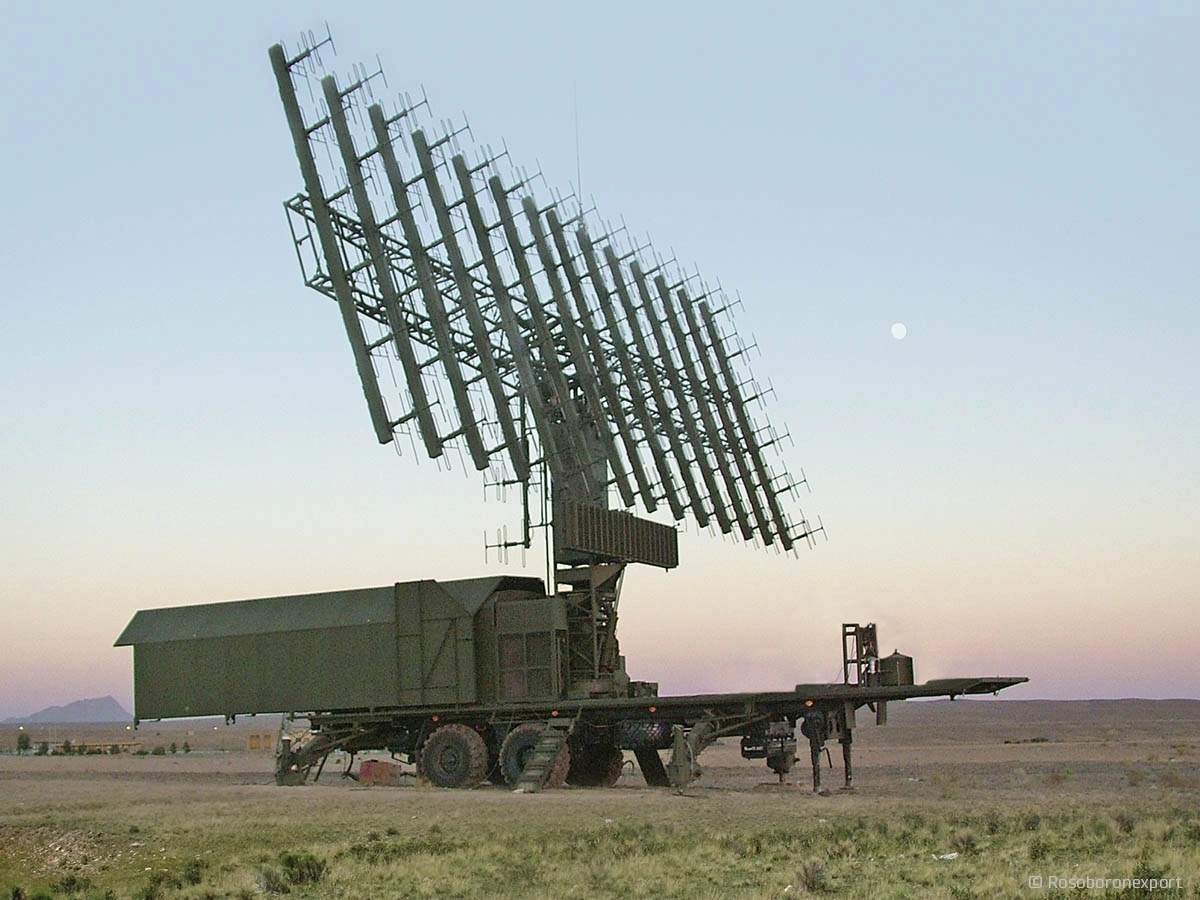
The 1L119 Nebo-SVU belongs to the family of Nebo radars, it is a version for air defense that provides a 3D observation of airspace. The detection range for threats as big as a fighter aircraft is 380 km for objects flying at 20 km altitude and above, gradually dropping down to 270 km at altitudes around 10 km, and 60 km is the range the threats flying at 500 meters from the ground.
Nebo-SVU operates in the very-high-frequency (VHF) band with corresponding meters-long radio waves. A modernized version of this radar can also combine with L-band Protivnik G and the S/X-band Gamma S1 radars into an integrated Nebo-M system. The primary purpose of Nebo-SVU is to provide situational awareness, with capabilities to measure and identify the class of an aerial object, establish its state ownership, and relay the radar data to air defense systems.
Another attack delivered by missile troops of Ukraine found a russian Buk-M3 short-range air defense system and a 9S32M radar — the "heart" of S-300V long-range SAM system. Since S-300 is a system of multiple interconnected vehicles, including launchers, a radar, and a command unit, usually dispersed for safety.
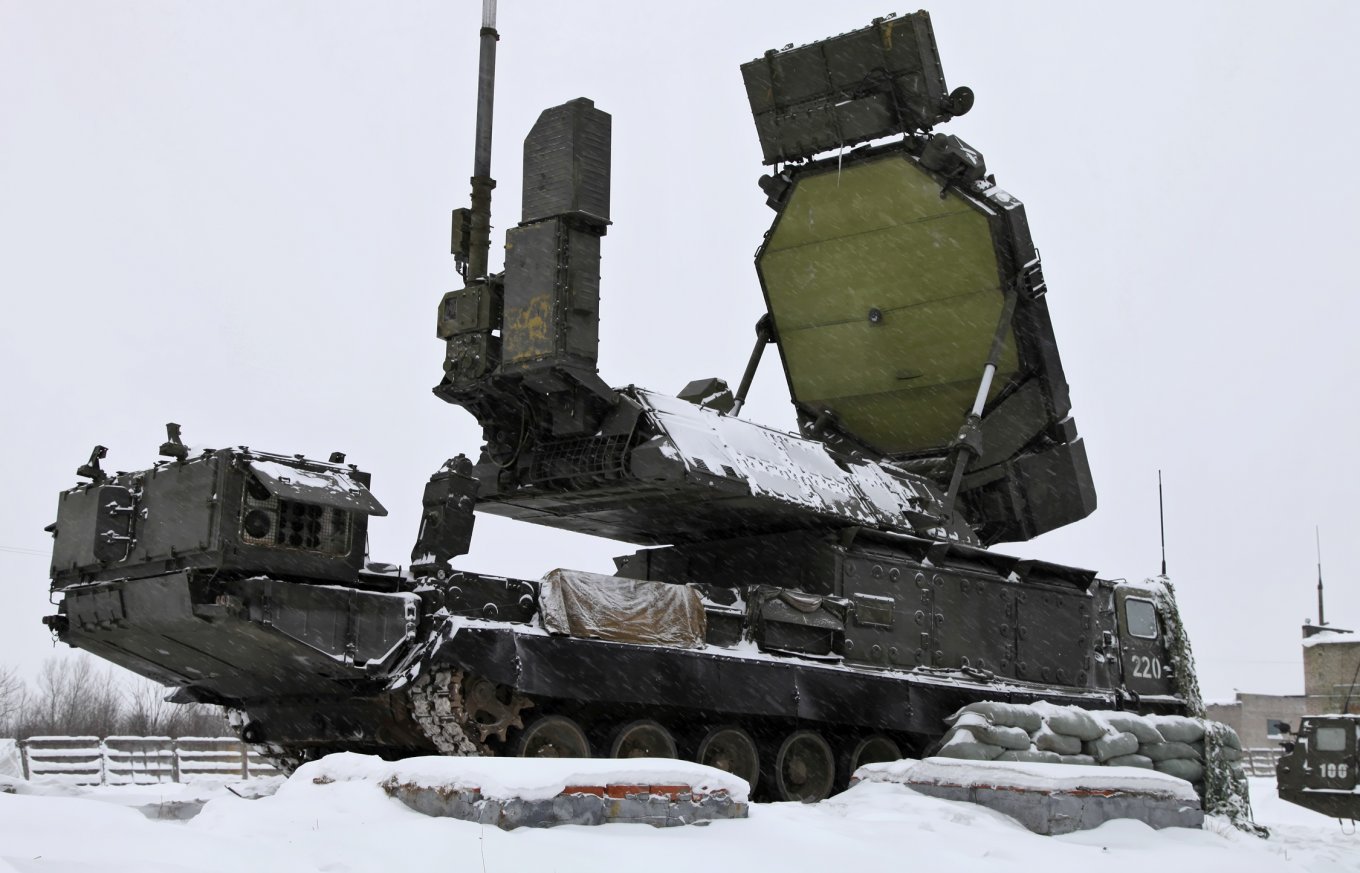
When there is no capability to raze the entire area, targeting the radar component with a pinpoint strike is preferred, as it renders the entire system inoperable until radar replacement or repairs. The tactic has been repeatedly seen employed by Ukrainian Defense Forces, particularly for strikes on russian-occupied Crimea.
Both Buk and the radar from the S-300V system were tracked down and struck in the Donetsk Region of Ukraine, currently occupied by russian forces. The scale of the damage done to them is being clarified, the General Staff noted.
Read more: "Looks Almost Fine": S-400 Takes a Hit from Ukrainian HIMARS Rocket



